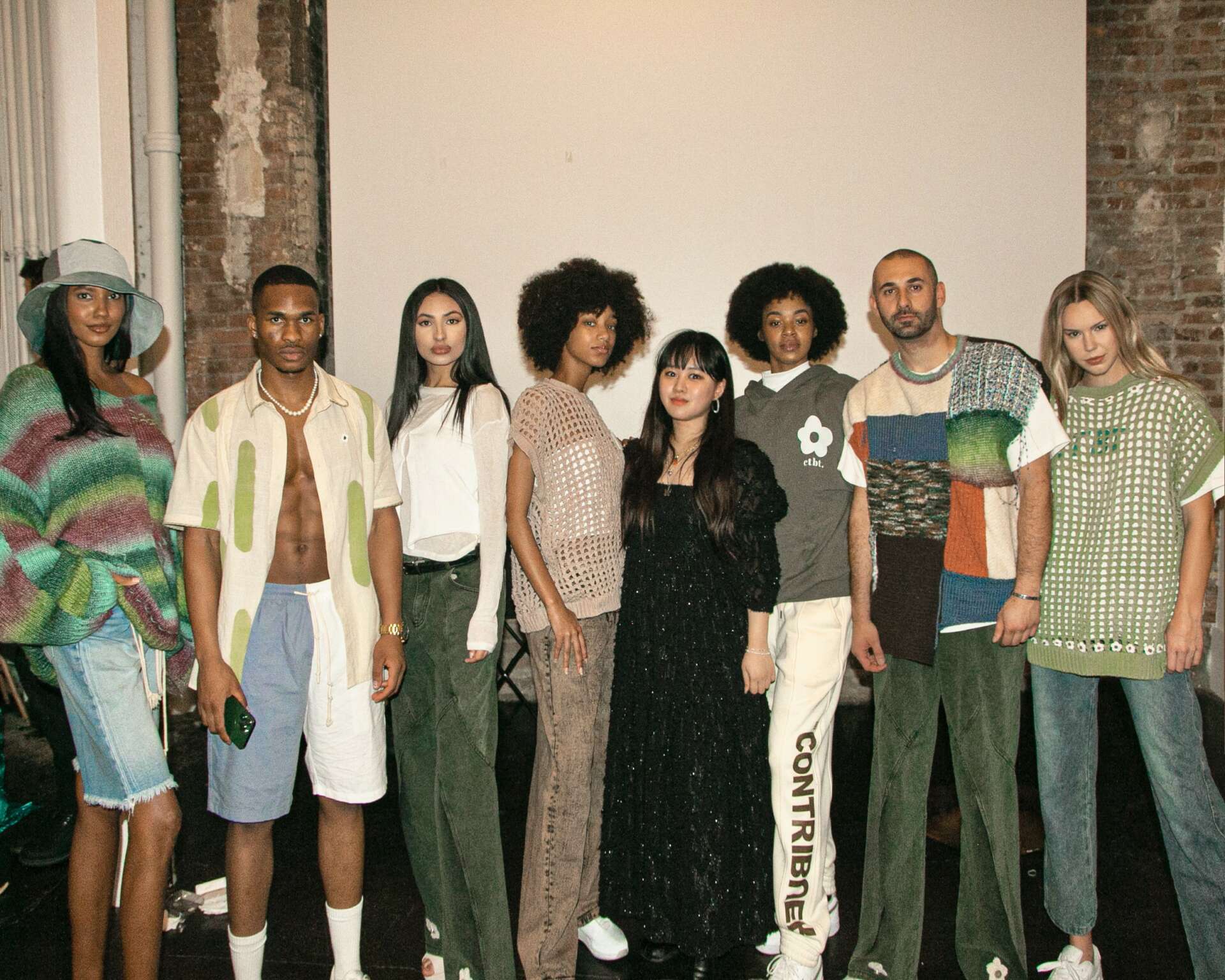We recently connected with Sieun Lee and have shared our conversation below.
Sieun, thanks for joining us, excited to have you contributing your stories and insights. What’s the backstory behind how you came up with the idea for your business?
While I was working at a showroom in Paris and Oscar de la Renta in New York, the most shocking thing for me was how the waste within the fashion industry was perceived as a norm. Behind all the beauty and extravagance of fashion there are endless mountains of landfills filled with synthetic fabric, and laborers threatening their lives due to unfair treatments and health hazards. I have seen designers wing their samples just to showcase them to the buyers for a few hours and throw them straight to waste, and buyers canceling mass orders, generating excess stock which will also end up in landfill. Each year there are more than 92 million tons of textile waste generated. Thankfully, there are a lot of emerging brands that are taking a sustainable path to produce their products, but there is still an unsolved problem. While the younger generation are way more aware of the sustainability issue and are more willing to purchase sustainable items, the price ranges of those items are substantially higher, and there is not enough variety for them, especially in the streetwear market.
Therefore, CTBT Studio was born. Through my brand I aim to create a sustainable option of streetwear that is easy to wear in daily life, and is affordable for the younger generation. Our goal is to excel within the traditional streetwear market with sustainable items provided in the affordable price range, and contribute to make the sustainable practices a norm within the industry.
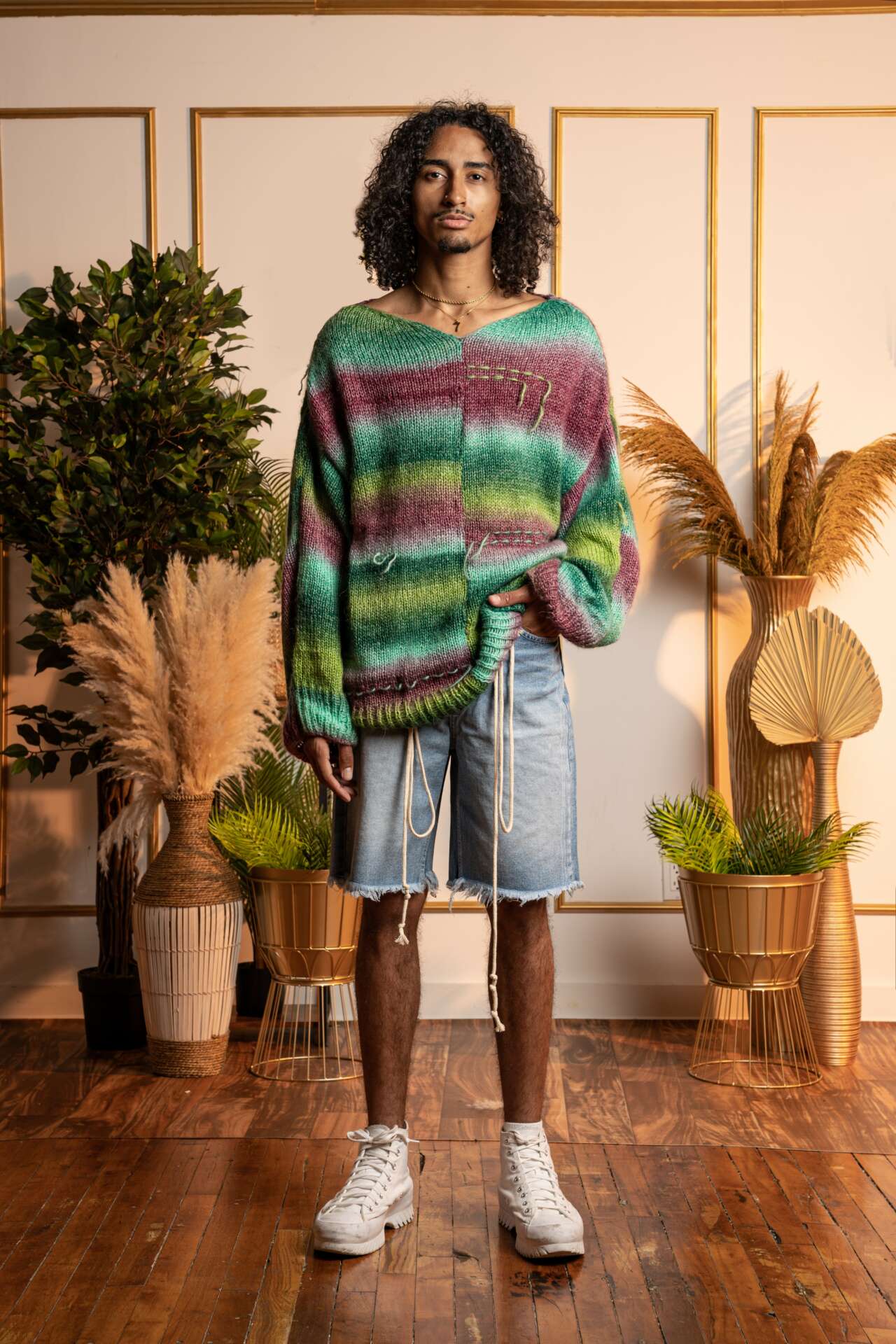

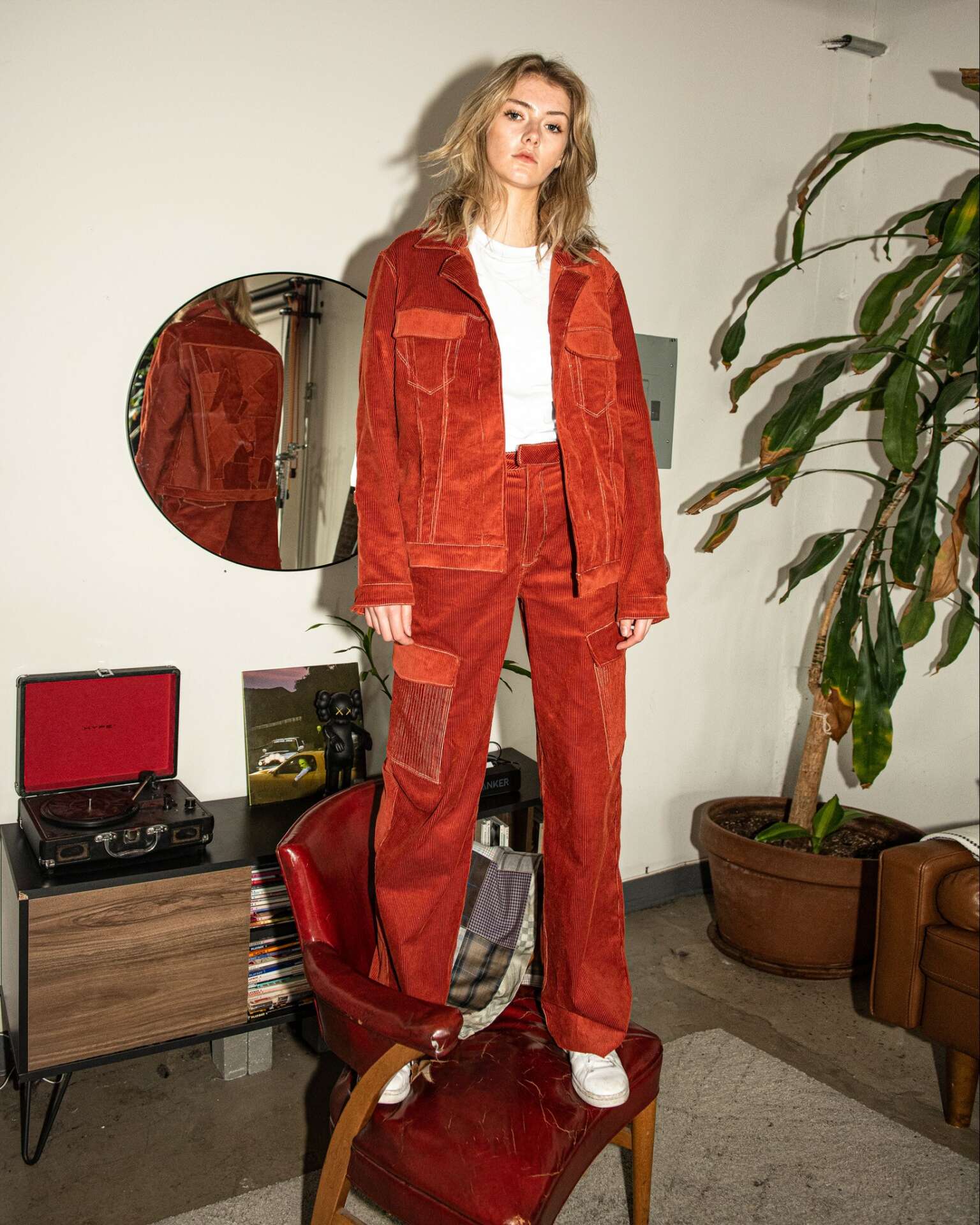
Awesome – so before we get into the rest of our questions, can you briefly introduce yourself to our readers.
CTBT Studio is a uni-sex streetwear brand that uses 100% GOTS-certified, ethically sourced organic cotton and deadstock fabric. We partner with BSCI Certified factories that enforce ethical and socially responsible production. Fashion brands, in general, tend to source more fabric than they actually need (considering 10% of the loss rate) while fabric mills also produce additional textiles for the same reason. We found a way to combat this excess waste by using those deadstock fabric. Deadstock fabric refers to the stock of textiles that are unutilized and are destined to end up in landfills. We purchase this fabric or get a donation for a new purpose and give it a new life.
Some of our items, like beanies, are created out of donated excess knit fabric from the fabric mills and are handcrafted by local seamstresses in New York City. We lower our expenses by sourcing quality fabric that could have been wasted, and invest more for the laborers to make their work life sustainable. This is how we provide sustainable items within the moderate price range of traditional streetwear items for our customers. Since there are limited quantities of the deadstock fabric, it is impossible to mass produce or even restock when the items are sold out, which gives scarcity and uniqueness to each of our items.
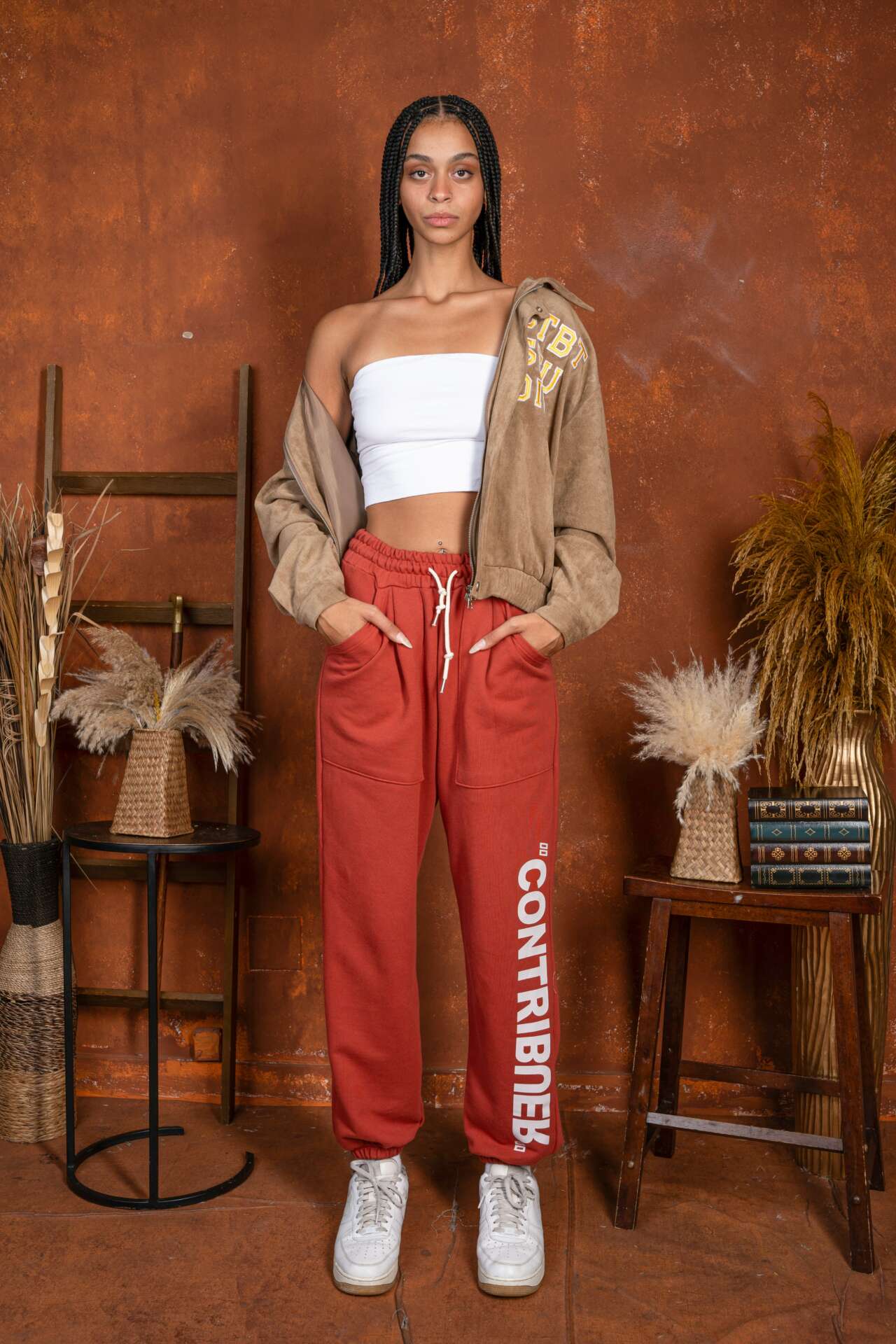
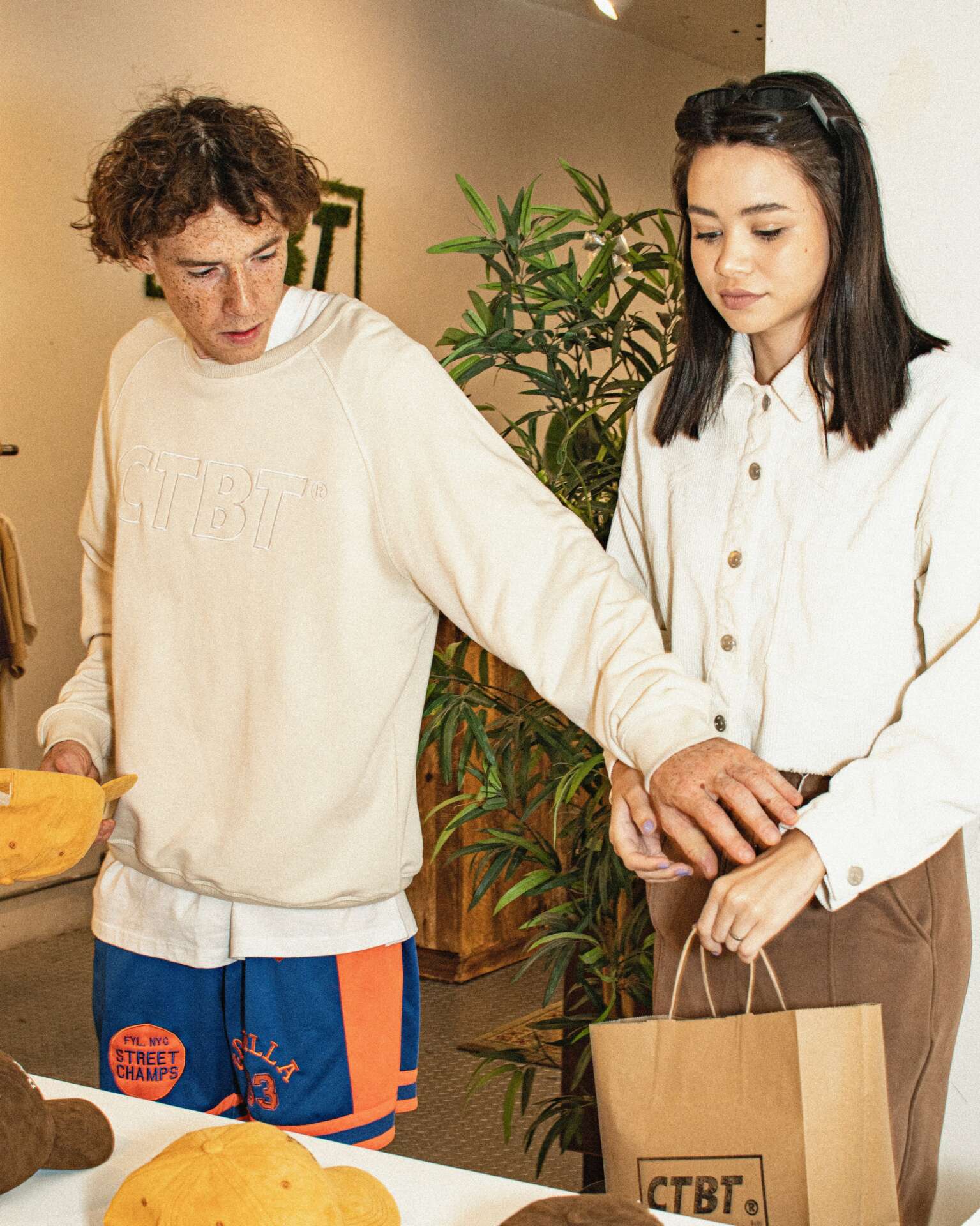
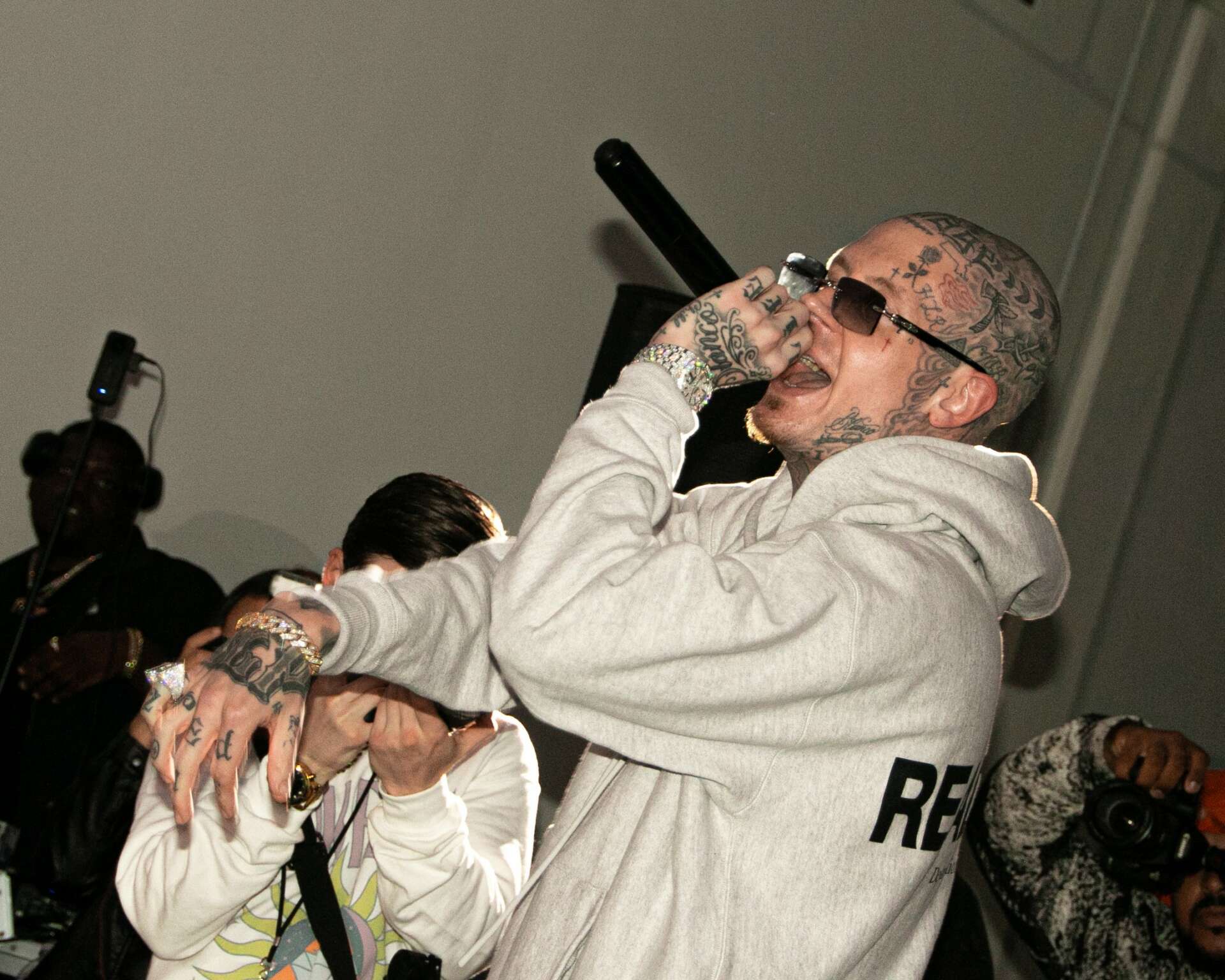
Can you tell us about a time you’ve had to pivot?
CTBT Studio started off with a t-shirt brand that carried 21 SKUs of t-shirts, but it expanded into a few other categories within the streetwear staples such as hoodies, tracksuits, jeans, and more. Having a mass-manufactured line of organic cotton items gave us the cash flow needed to sustain the business, but that didn’t help with differentiating ourselves from any other mass-produced streetwear brand. We did have some deadstock products like beanies and jeans, but it wasn’t enough to deliver the full aesthetics and our directions.
To concentrate on establishing our brand identity, we needed a pivot; or in other words, reinforcement of our deadstock collection. We had our NYFW debut this year, showcasing our deadstock collection without any mass-produced items. Since each deadstock product has small quantities, it was a decision we had to make to add a lot of extra work and burden on the team, although there would be limited increases in sales, but this was a route we needed to take to consolidate our identity..
After the NYFW show, we were invited to showcase our pieces again at a DIOR x FTAU runway show with @angierosemusik and @millyz opening and closing the show. We are thrilled to see where our next steps would lead us to.
How’d you think through whether to sell directly on your own site or through a platform like Amazon, Etsy, Cratejoy, etc.
Our only online channel is our official website and Instagram. We chose not to sell on other platforms such as Etsy or Amazon because of the limitations in presentation. We also wanted to maintain the scarcity and put value on our products. Although expanding on multiple channels may increase our audience or instant revenue in the short term, we decided to take a more difficult path where we can truly be ourselves and freely express our values and messages.
Relying on our official website is like having a blank paper that we need to fill by ourselves with zero guidelines. Although building everything from ground-up is definitely more challenging, we believe it helps our audiences around the globe to understand all of the sustainability efforts we make, and the aesthetics that we are going for. It also makes more sense to our audiences to perceive us as a designer brand rather than a t-shirt printing company.
Contact Info:
- Website: www.ctbtstudio.com
- Instagram: www.instagram.com/ctbtstudio
Image Credits
Photographer @Aj Tolentino


